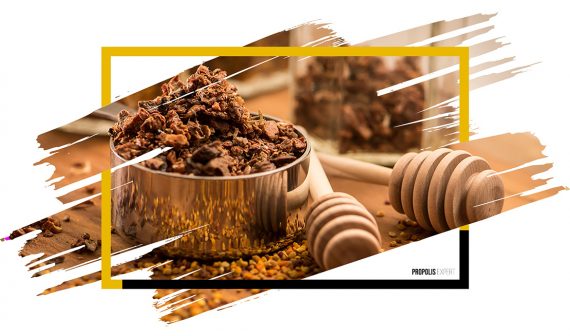HOW IS ROYAL JELLY PRODUCED?

Royal jelly is a bee product that is used to feed the queen bee and the larvae by young female worker bees.
Royal jelly production is realized during breeding of the queen bees. There are two different approaches to produce royal jelly. The first one is directly harvesting royal jelly from the queen cups with a small spoon or using more modern techniques. In general, the amount of royal jelly collected from each hive is about 10-20 g (0.3-0.7 ounce), while advanced techniques yield approximately 1000-1500 g (2.0-3.5 lbs).
The most common royal jelly production technique in Turkey involves the preparation of queen bee cups with beeswax at about 8-9 mm wide and 8-10 mm depth in a wooden frame. The larvae are transferred into those cups in a hive, having the highest number of young worker bees. About 48-72 h later, the molds having those queen bee cups and royal jelly are removed from the hive, and its extended portions are trimmed with a heated knife. Then larvae placed in the queen bee cups are taken with a small plier, and the produced royal jelly is harvested with a little wooden spoon. The fresh royal jelly is stored in an amber color bottle at 32 °F for six months or 0 °F for 18 months without any quality deterioration






